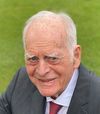A tribute to the restoration of aeroplanes!
Here at the An Art4Life Blog we have featured numerous art forms which have been the subject of meticulous restoration – such as tapestries, paintings, furniture, clocks, jewellery, clothes, buildings and even trains! (You may have seen a wonderful UK television series called The Repair Shop which tackles many of these items.)
Today we pay tribute to the hundreds, even thousands, of hours that unsung, unpaid volunteers spend restoring these items, purely for the love of them and the history they represent.
But this is a restoration story with a difference! It is the story of the restoration of two unique and rare aeroplanes. It was brought to my attention by our blog contributor and friend, John Pickup, OAM, as John had also played a part, some 60 years ago!
The first plane is called a Monospar, so called because it had a single cantilever metal wing spar which was quite revolutionary in the British biplane era. It was designed by a Swiss aviation engineer named H J Steiger, and all versions of the Monospar were prefaced with the initials “ST” for that reason.
The plane also had a fold-back wing design, allowing compact storage, which was also revolutionary for it’s time.
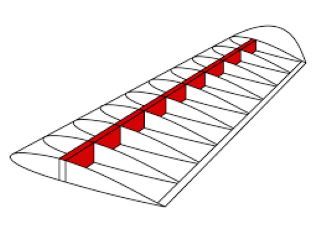
The plane in this story was one of only three Monospars imported to Australia in 1935 by New England Airways, a company which had a close association with the original London manufacturer, General Aircraft Limited.
The three planes were named VH-UTH Captain Cook, VH-UTK Captain Phillip and VH-UTM Captain Flinders and were used for passenger and charter flights up and down the east coast of Australia.
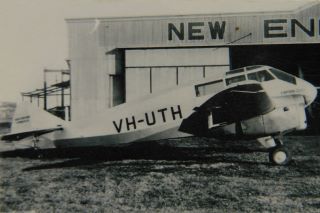
One point of interest is that, on a flight from Sydney to Brisbane in 1936, with two passengers on board, the VH-UTH Captain Cook ran into bad weather just south of Brisbane and spent 45 minutes lost in cloud, rain and darkness before finding Beaudesert, approximately 20kms west of Southport, Queensland. 1
Cars were sent to light up a suitable farm paddock to allow the aircraft to land. However, at the end of the landing run one wing struck a fence and while the pilot and one passenger were not injured the second passenger, former 7th Australian Prime Minister and Federal Minister for Health Billy Hughes, received a broken right collarbone. 1
To add insult to injury, the car he was travelling in from the crash scene for medical treatment was then in a collision with another car and he was lucky not to receive any further injuries! 1
(Billy Hughes was the 7th Prime Minister of Australia from 1915 – 1923, including through the World War I years. You can read more about him if you click here.)
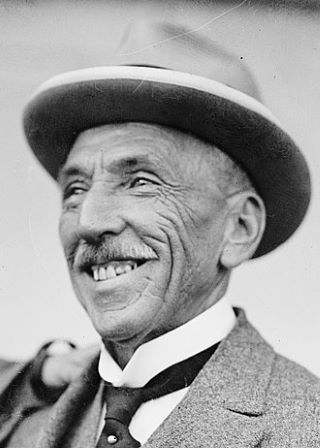
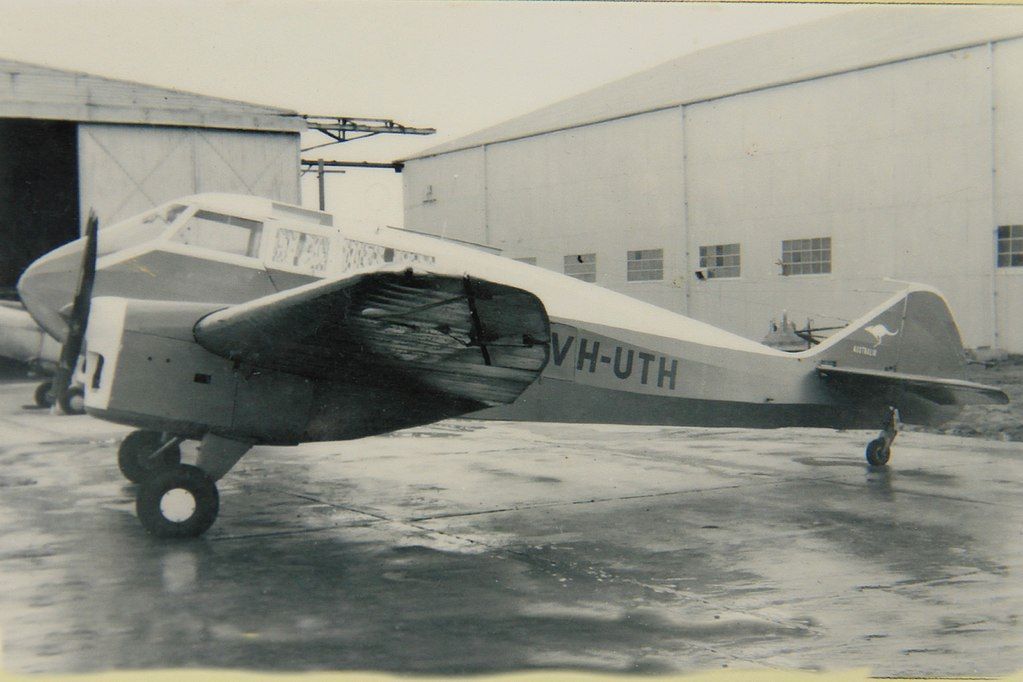
After this accident, the Monospar was repaired and sold to a taxi service in Rockhampton, and then to various private owners. The last of these was Dr. John Morris, who just happened to be John Pickup’s local doctor from Forestville, Sydney, Australia.
John recounts the story as follows:
”On a visit to Dr Morris in the late 1950s, I noticed two photographs of planes on his desk. I asked him about them and he told me he owned two planes, one of which was a Monospar and the other a Genairco.”
“He asked if I was interested in planes, and when I said yes, I was, he said to me, “Well, you’d better come out to Bankstown Aerodrome with me one day, and see them!”
“So that is what I did, and John took me up flying with him in the Monospar. The flying controls were able to be flipped over to the other person, which John did, and let me fly the plane for a while! And there began my very first flying lesson!”
“Whilst I went on to fly other planes, and hot air balloons and gliders, I never forgot the kindness of John Morris in sharing his interest in planes with me.”
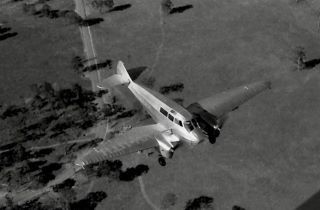
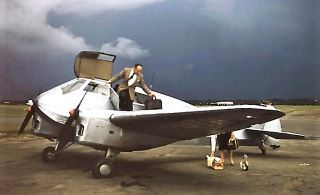
In 1961, Dr. John Morris was intending to fly the Monospar to London, and wanted the plane to have new livery (paint colours) for such an epic trip. John Pickup offered to draft up a colour scheme for the plane, which Dr. Morris accepted.
John proposed a turquoise blue and white, with red for the propeller hubs, which Dr. Morris was pleased with. As John had spray painting experience in previously spray-painting cars, he offered to array the Monospar in its new livery, which Dr. Morris accepted. And to this day, the Monospar carries the same colours after its restoration in Newark, in England!
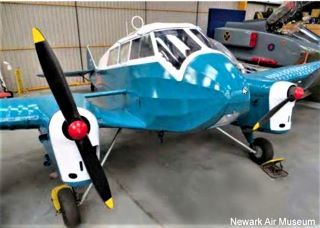
Doctor Morris asked John Pickup if he would like to go with him as navigator on the flight from Sydney to London, but John wanted to learn more about flying before undertaking such an epic trip. (John was also working for the ABC in Broken Hill at that stage, and unable to be away for such a period of time).
In the end, it was Dr. Morris and Mr. B. J. Harrison who took off on 22nd August 1961 on their 12,000 mile journey through 22 countries to Lympne airfield, England.
The start of their journey was recorded in film:
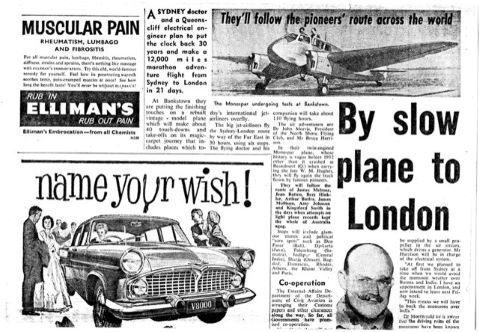
They finally arrived a month later, on the 20th of September 1961, having survived tropical monsoon, war, revolt and prison to achieve this remarkable journey of over 120 flying hours.
The story of the flight was the subject of a book called Two Men in a Flying Machine, written by Dr. Morris and published in 1969. 2 (A couple of second hand copies are available online, but at an enormous price.)
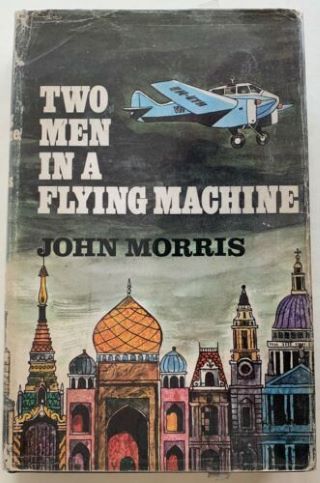
Dr. Morris sold the Monospar in the UK in 1964. It spent time outdoors in a paddock for some years, and fell into disrepair. But the newly formed Newark Air Museum came to the rescue in 1968, and it became their first restoration project. The painstaking restoration has taken more than 50 years, with many years in storage.
But thousands of hours have been put in by aviation enhusiasts to bring it back to its former glory, working meticulously without any sort of instruction or design manual to guide them!
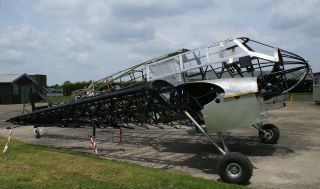
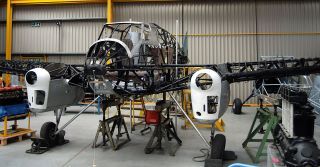
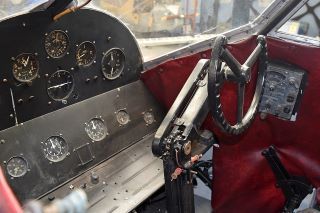
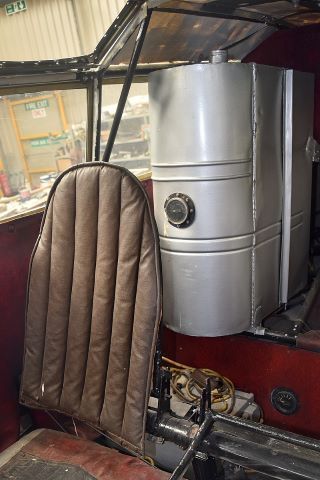
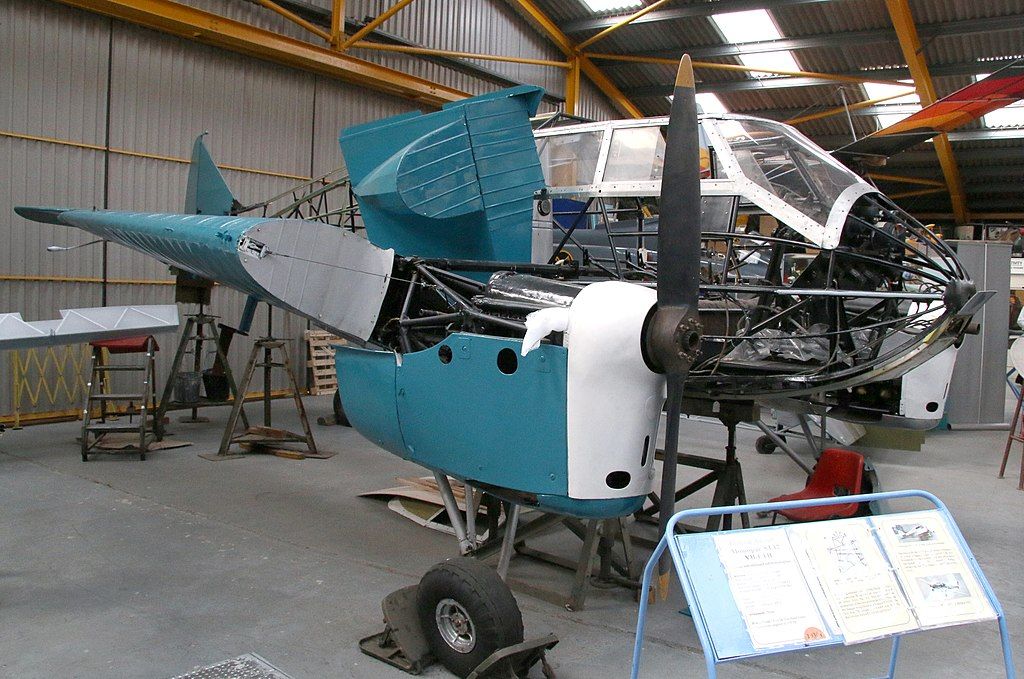
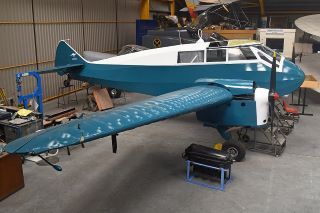
It is the only remaining Monospar left out of the original 45 built, and, as of 2021, is now a favourite on display at the Newark Museum, amongst many other rare and unique planes. If you are interested, you can read about the full history of the Monospar planes if you click here and here.
Lastly, John Pickup mentioned that Dr Morris owned two planes! The other was a Genairco, another very rare plane with registration number VH-UOD. Doctor Morris also gave John Pickup some flying lessons in the Genairco, after gaining experience in the Monospar. Doctor Morris eventualy sold it and it also had a long history of different ownerships over the years, which you can read about if you click here.
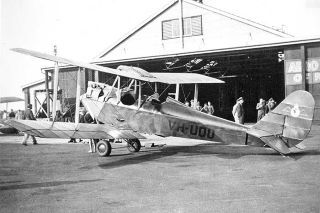
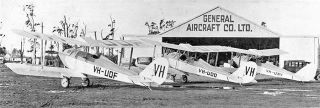
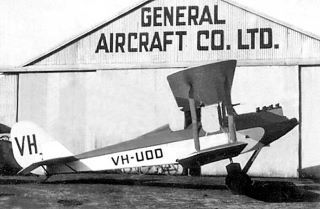
There were only 9 or 10 Genaircos ever built. So it is lovely to know that Dr. Morris’s son, Charles Morris, himself an experienced restorer of aeroplanes, managed to track down his father’s plane in 1999, (some 40 years later!) and has restored it, and still owns it today!
It is the only airworthy Genairco left in the world, and Charles flies it at airshows on the east coast of Australia
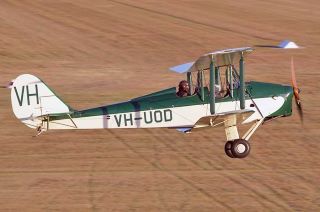
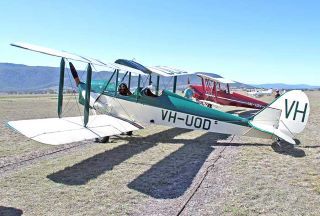
I hope you have enjoyed these two tribute stories of the art of restoration.
With many thanks to John Pickup, OAM, for his story telling and accurate information. 3
Footnotes
-
With thanks to the royal Flying Doctor Service, Tasmania. Lindsay Millar OAM, article over two editions of ‘TakeOff’ Magazine.
https://www.flyingdoctor.org.au/tas/news/story-monospar/ -
With thanks to Newark air Museum, www.newarkairmuseum.org
-
If you would like to read other posts about John Pickup and his art, radio years and OAM investiture, please click here.

